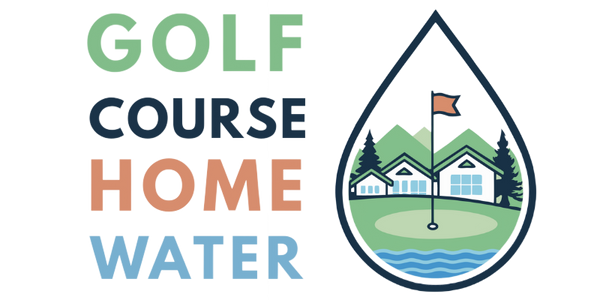Living Near a Golf Course Linked to Parkinson’s Disease: What does this mean for you?
If you live near a golf course, you might love the scenic views, but a new study sounds a serious alarm. 
Research published on May 22, 2025 in the Journal of the American Medical Association found that living within a mile of a golf course increases your odds of developing Parkinson’s disease by a staggering 126% compared to those living over six miles away. The risk drops by about 13% for every additional mile beyond three, but for those in areas with vulnerable groundwater, the odds are 82% higher.
Even more concerning, residents in water service areas near golf courses face nearly double the risk of Parkinson’s.
Golf courses rely on heavy pesticide use—up to seven times more per acre than traditional agriculture—to keep their fairways pristine. These chemicals, like 2,4-D and chlorpyrifos, can seep into groundwater, which 77% of the study’s participants depended on for drinking water. In some cases, pesticide levels in water were found to be 200 times above safe health guidelines.
Test your water to see where you stand.
If you’re near a golf course, your drinking water could be a hidden source of exposure. Pesticides like 2,4-D and Atrazine can infiltrate private wells or municipal water systems, especially in areas with shallow or vulnerable groundwater. Testing your water for these chemicals is the first step to knowing what’s in your glass—and protecting your family’s health.
Living near a golf course doesn’t have to mean living with risk. Start by testing your water for pesticides and chemicals like 2,4-D, Atrazine, and chlorothalonil. Advocate for greener practices at your local course, and take steps to protect your home. Your health—and your family’s—depends on it.
